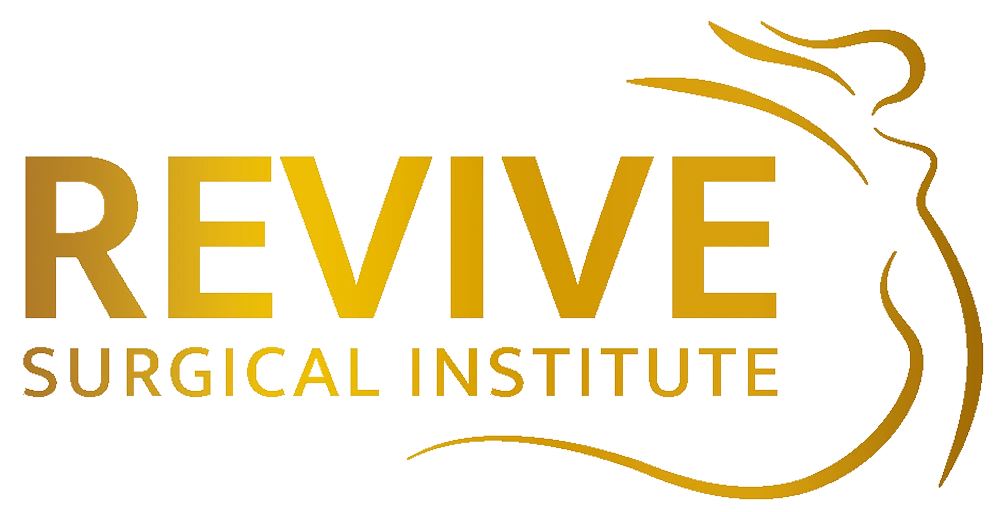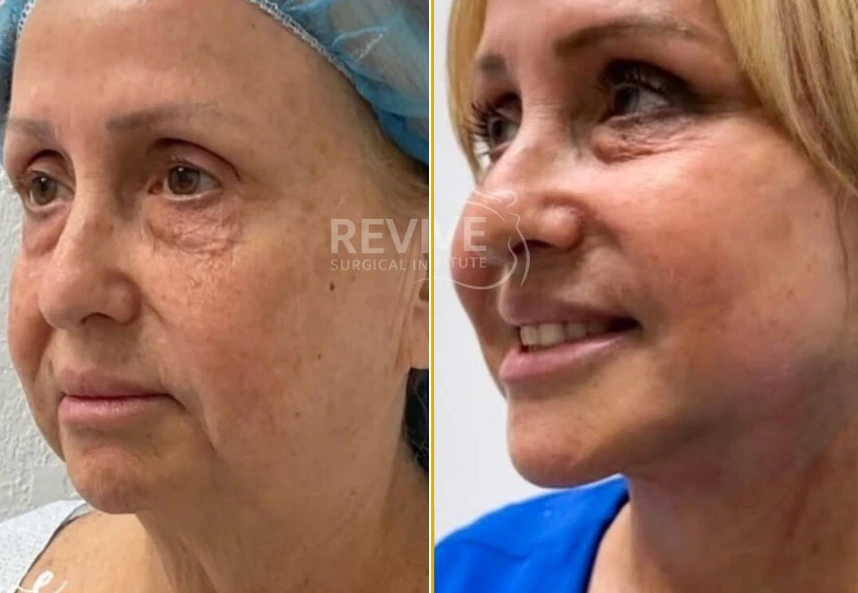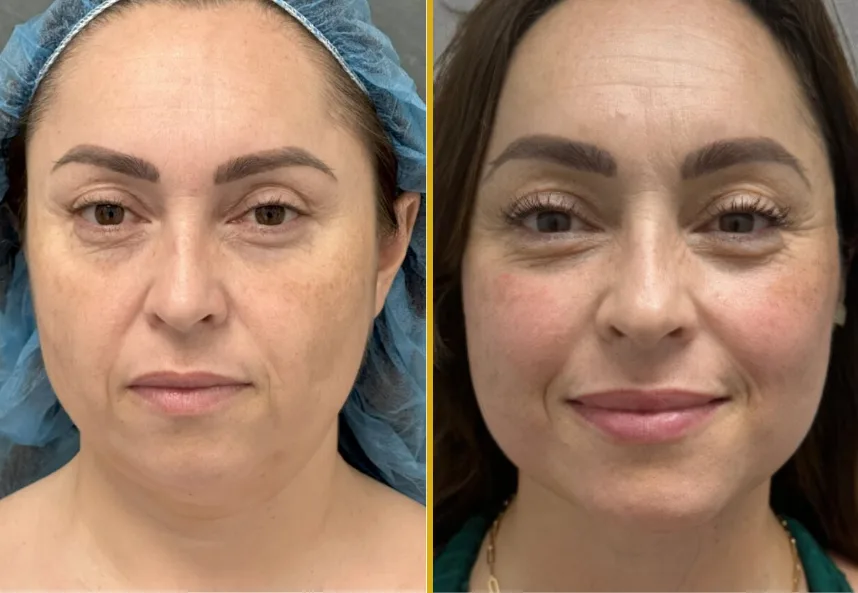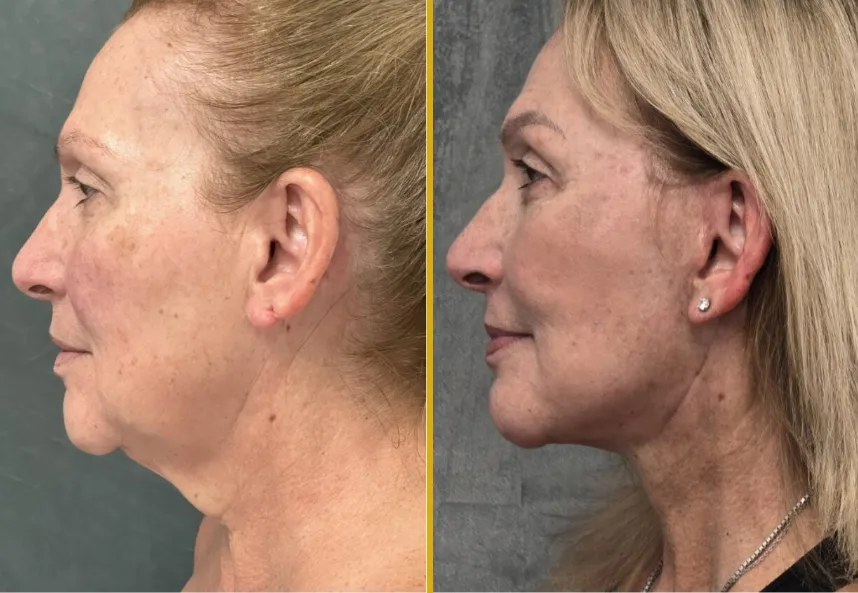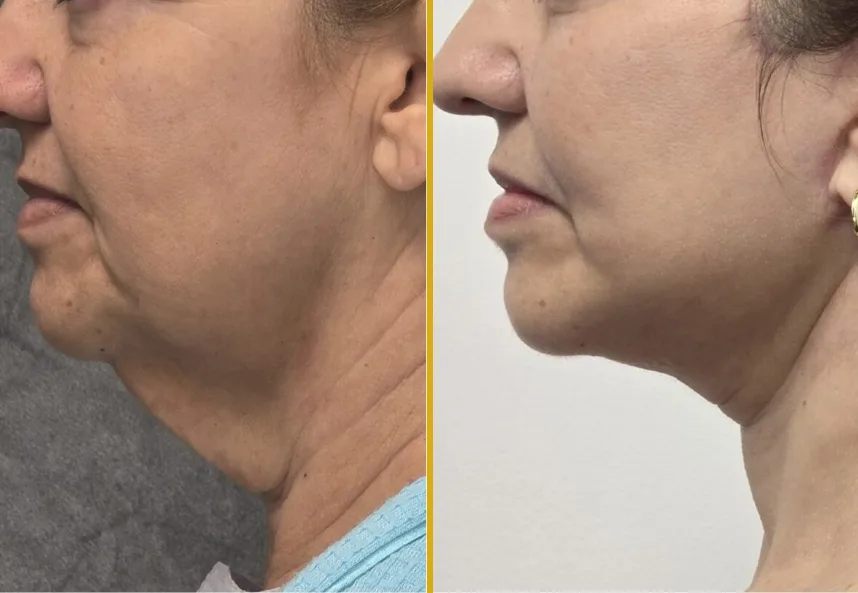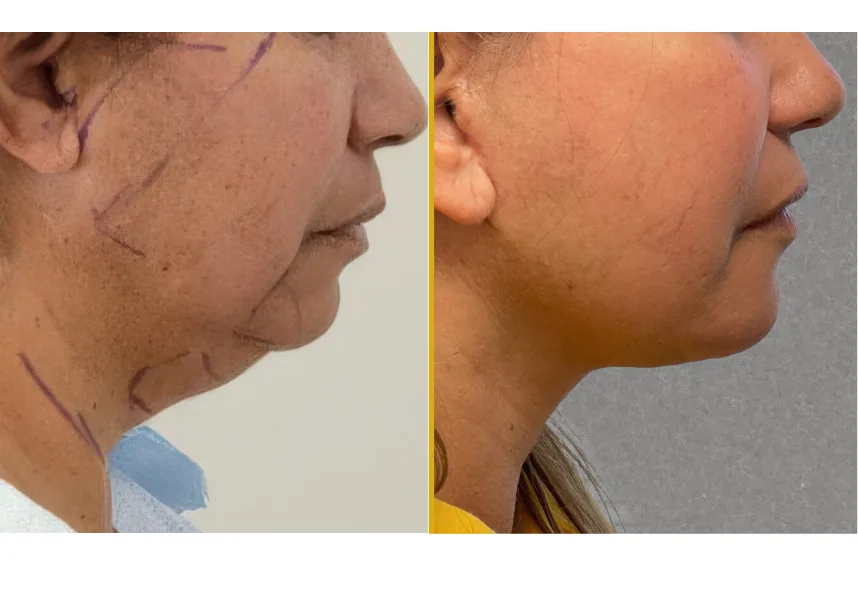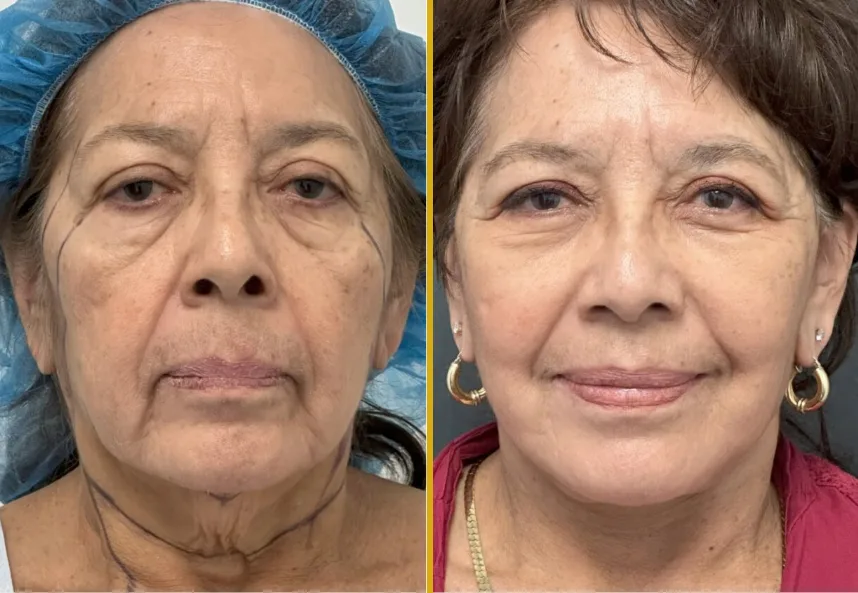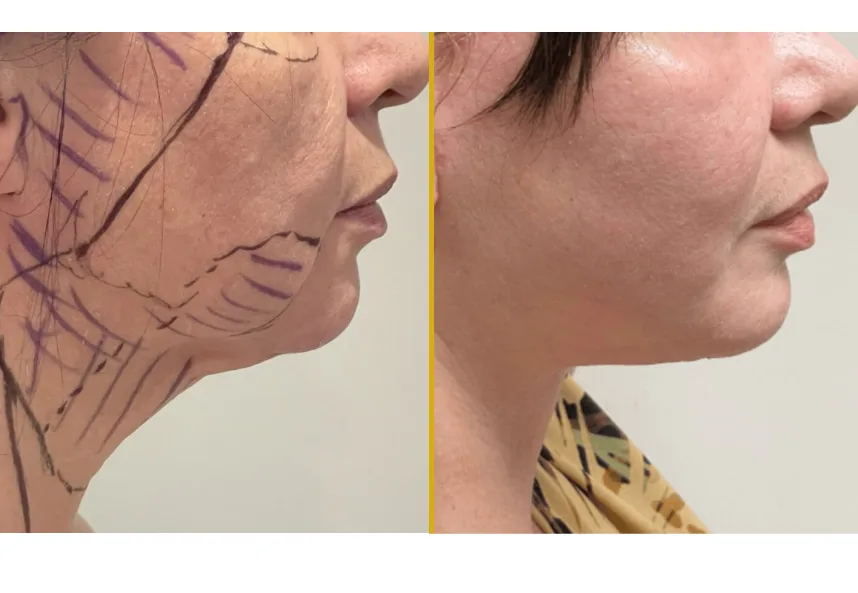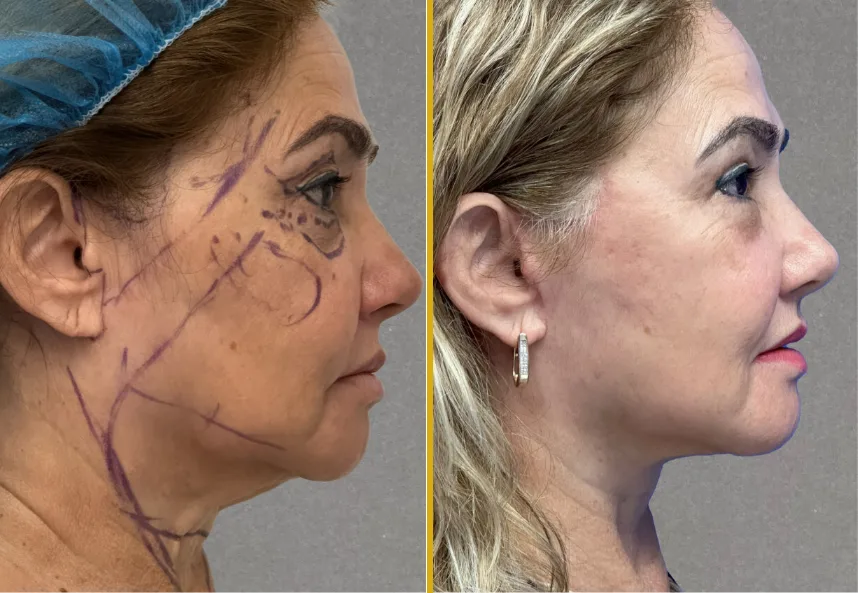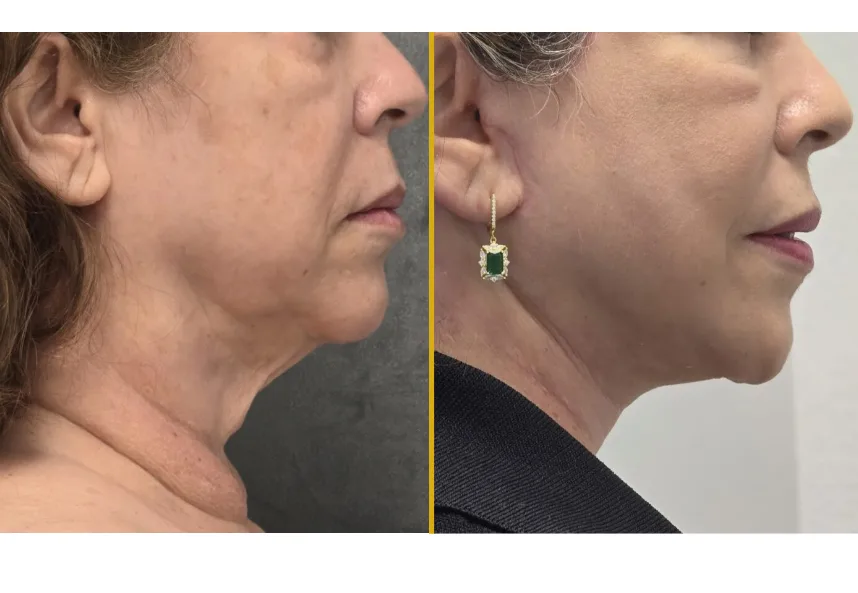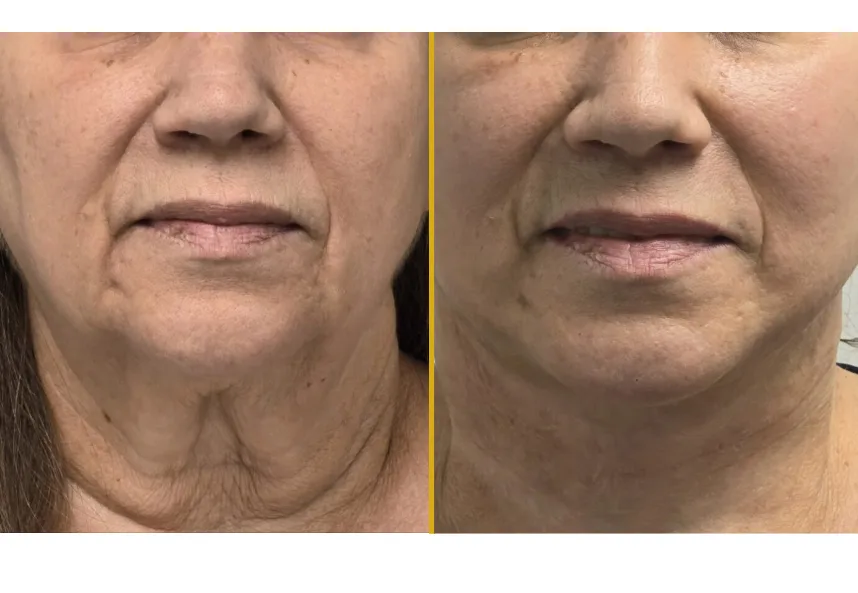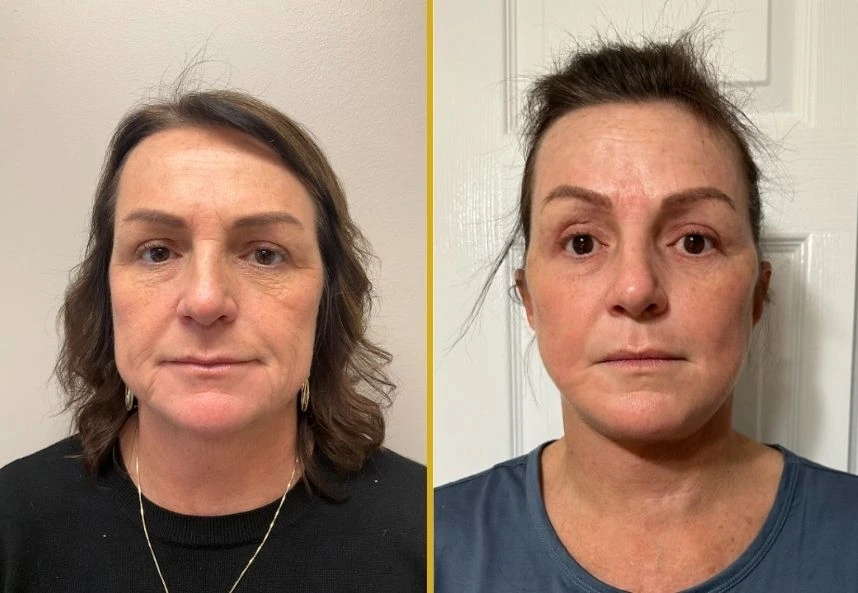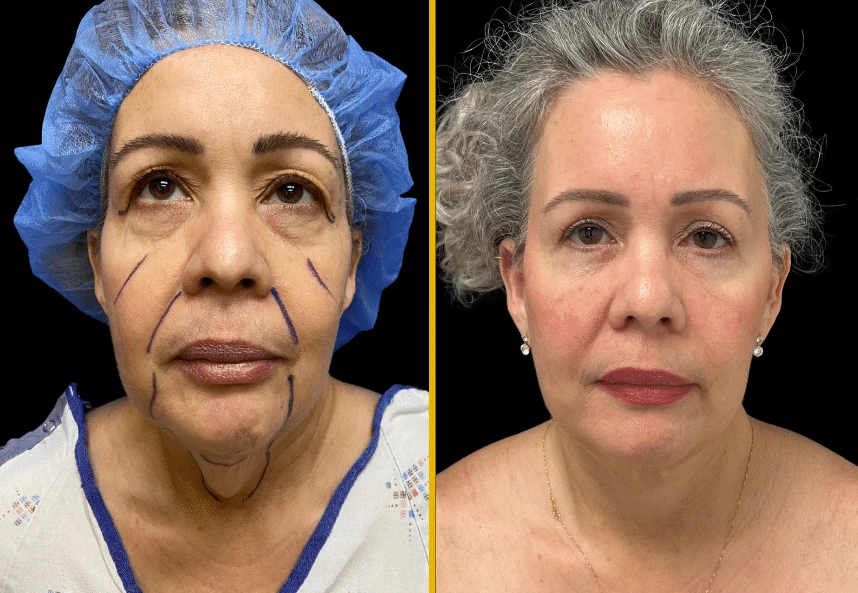When Can I Exercise After a Facelift?
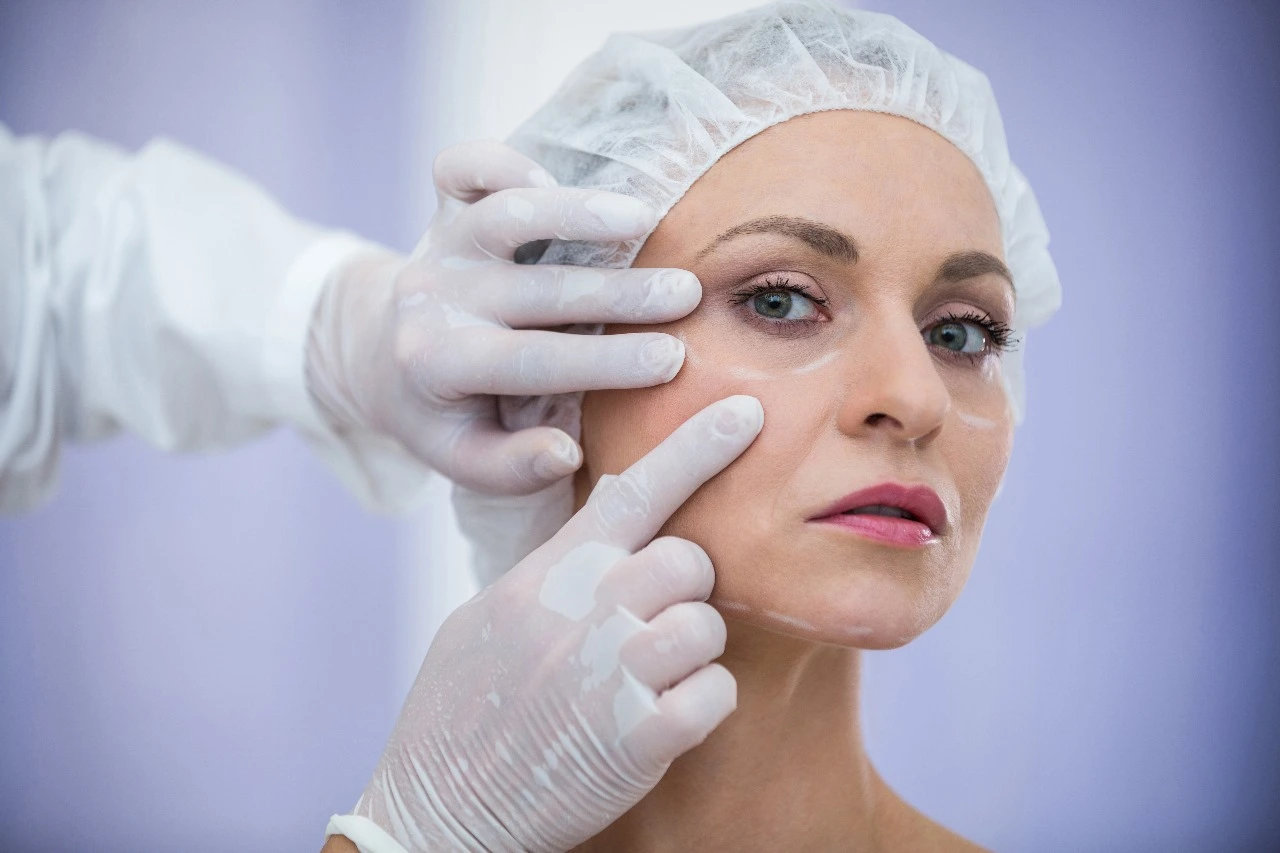
The First Week: Rest and Gentle Movement
Focus on Healing
The first week after a facelift should be dedicated to rest and recovery. During this time, your body is working hard to heal incisions and reduce swelling. Patients are encouraged to limit movement and prioritize sleep and hydration.
Light Walking
While strenuous activity is off-limits, short walks around the house are recommended to promote circulation and reduce the risk of blood clots. These walks should be brief and gentle, without raising the heart rate significantly.
Why Avoid Exercise Early?
Exercising too soon can increase swelling, raise blood pressure, and place tension on healing incisions. Allowing your body time to recover during this phase ensures smoother results in the long run.
Weeks Two to Four: Reintroducing Low-Impact Activity
Gradual Increase
By the second week, most patients feel well enough to add light activity into their daily routine. This may include longer walks or gentle stretching. Activities should still avoid bending over, heavy lifting, or anything that increases strain on the face and neck.
Monitoring Swelling and Bruising
During this stage, some swelling and bruising may remain. Patients should pay attention to how their body responds and slow down if discomfort or swelling increases.
Surgeon’s Clearance
Your surgeon may clear you for slightly more activity around week three or four, but high-intensity exercise is still restricted. Following professional guidance prevents complications and protects your results.
Weeks Four to Six: Returning to Moderate Exercise
Building Strength Slowly
Around week four to six, patients can usually resume moderate activities such as light weight training, yoga (avoiding inverted positions), or cycling. Movements should remain controlled and avoid jerking or straining the neck.
Protecting Incisions
At this point, incisions are still healing. Sweat and friction can irritate the area, so it is important to keep the surgical site clean and avoid overly hot environments such as saunas or hot yoga studios.
Listening to Your Body
If swelling or discomfort returns after exercising, it may be a sign to scale back temporarily. Gradual progress is key to safe recovery.
After Six Weeks: Returning to Normal Routines
Resuming Full Workouts
Most patients are cleared for vigorous exercise such as running, heavy weightlifting, or high-intensity interval training after six weeks. By this time, healing is well established, and the risk of complications is minimal.
Long-Term Maintenance
Exercise not only promotes overall health but also helps maintain facelift results by supporting muscle tone and circulation. A balanced routine of cardio, strength training, and flexibility exercises can complement the rejuvenated look achieved through surgery.
Ongoing Care
Even after returning to full exercise, protecting your skin with sunscreen and staying hydrated remain essential parts of maintaining long-lasting results.
The Importance of Following Professional Guidance
Every patient heals at a slightly different pace. While these timelines serve as a general guide, personalized instructions from your surgeon should always take priority. Dr. Askari provides individualized recovery plans at Revive Surgical Institute, ensuring each patient knows when and how to safely reintroduce exercise.
Conclusion
Resuming exercise after a facelift is a gradual process that typically begins with gentle walking in the first week, low-impact activity by weeks two to four, moderate workouts by weeks four to six, and full routines after six weeks. Rushing the process can jeopardize healing, while patience supports both safety and results.
Patients who undergo surgery with Dr. Askari at Revive Surgery often feel reassured knowing their recovery plan includes clear guidance on exercise and daily activity. With the right approach, you can return to an active lifestyle while enjoying the lasting benefits of your facelift.
